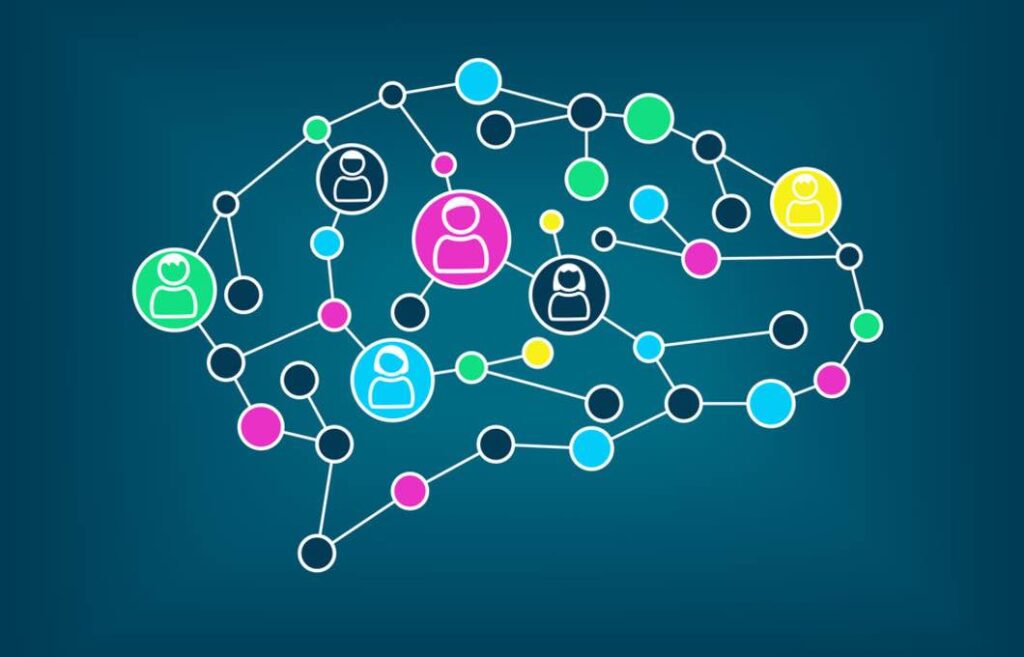Navigating Modern Graph Learning: An Expedition into Recent Advances and Applications

Introduction
Modern Graph Learning has burgeoned into a pivotal domain within machine learning, offering a robust framework to handle relational data. The influx of research and development in this domain has bolstered its applicative reach, fostering solutions for complex problems.
The Landscape of Graph Learning
Graph Learning primarily deals with the learning and analysis of data represented in graph structures. This includes node classification, link prediction, graph generation, and many more tasks that leverage the intrinsic relations within the data.
Cutting-edge Libraries
1. PyTorch Geometric (PyG):
PyTorch Geometric is a library for deep learning on irregular input data such as graphs. It extends PyTorch, enabling various graph-based learning methods.
import torch_geometric
# Define your graph data, network, and perform graph learning tasks
2. Deep Graph Library (DGL):
DGL is a Python library that simplifies graph learning and accelerates research by providing efficient, scalable, and flexible graph operations.
import dgl
# Define your graph data, network, and perform graph learning tasks
3. StellarGraph:
StellarGraph offers a suite of algorithms for graph machine learning, enabling easy and effective machine learning on graph-structured data.
import stellargraph as sg
# Define your graph data, network, and perform graph learning tasks
Noteworthy Scientific Advancements
Recent years have witnessed a surge in scientific advancements in Graph Learning, with novel algorithms and methodologies pushing the boundaries of what’s possible.
Graph Neural Networks (GNNs):
GNNs have shown promising results in various domains, unveiling complex patterns in data.
Graph Representation Learning:
Techniques for learning robust representations of nodes, edges, and graphs have emerged, underpinning a multitude of applications.
Real-world Applications
The applicative panorama of Graph Learning extends across various fields:
Social Network Analysis:
Uncovering communities, detecting anomalous behavior, and understanding social influence.
Biological Networks:
Identifying potential drug targets, understanding genetic diseases, and exploring protein-protein interaction networks.
Recommendation Systems:
Enhancing recommendation systems by leveraging the relational structures between items and users.
Conclusion
The voyage into Modern Graph Learning unveils a realm where complex relational data is no longer a bane but a boon. The blend of cutting-edge libraries and continuous scientific advancements propels the domain forward, promising a plethora of solutions to real-world problems. The journey has just begun, and the horizon of Graph Learning is broad and inviting.